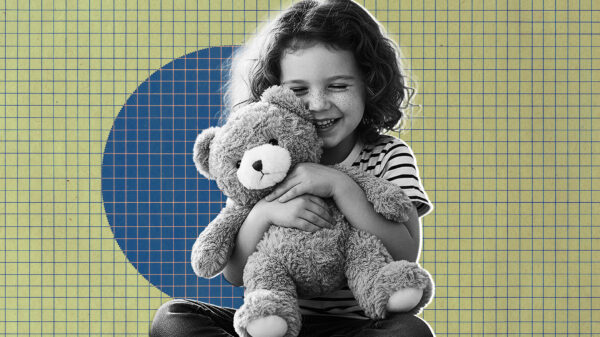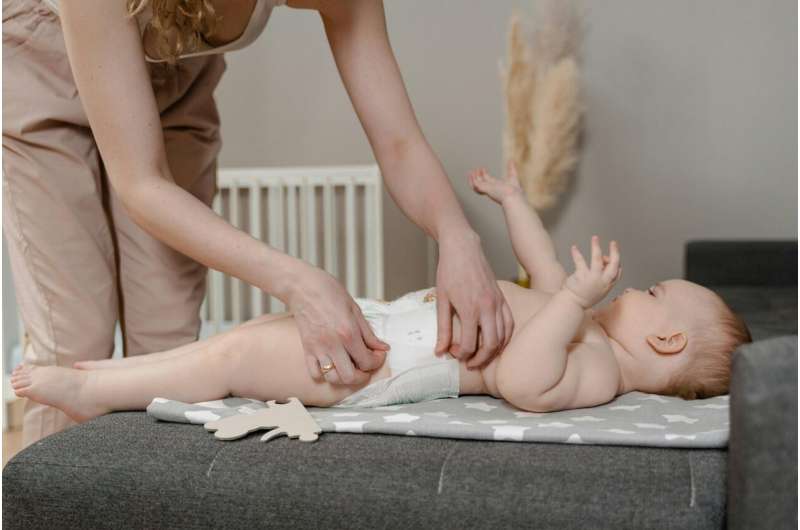Teaching children about consent does not have to wait until they reach their teenage years. According to a new article by researchers Katherine Bussey and Nicole Downes published on November 16, 2025, parents can start this important dialogue even during diaper changes. These everyday moments offer a unique opportunity to instill the principles of consent and body autonomy from an early age.
Understanding consent is essential for children’s safety and development. The earlier parents introduce these concepts, the more naturally they will integrate into a child’s life. Parents can create a safe environment by teaching children about their bodies and the right to control what happens to them.
Utilizing Diaper Changes for Education
Diaper changes often become a rushed chore in a busy parent’s day. Instead, these moments can serve as a vital teaching tool. Parents should explain to their child what is happening at each stage of the diaper change, starting with a simple statement such as, “You need a diaper change.” This allows children to understand and process the situation.
Following this, parents can offer choices, asking if the child would prefer to walk or be carried to the change table. By observing facial expressions and body language, parents can gauge their child’s understanding and comfort level, fostering a positive and responsive environment.
It’s critical to avoid distractions during these moments. Many parents instinctively use toys or songs to keep a child entertained; however, it is essential for children to recognize when someone is touching their intimate areas. Consistent verbal cues, such as, “Can you lift your bottom so I can slide your diaper out?” help reinforce the idea that children have ownership over their bodies.
Encouraging Autonomy and Understanding
Parents should also use proper anatomical terminology during diaper changes. While it may feel uncomfortable, using terms like vulva, penis, and anus is crucial for a child’s safety. This language empowers children to communicate their experiences clearly with trusted adults.
Beyond diaper changes, parents can nurture a sense of agency by offering choices in daily situations. Simple questions like, “Do you want to wear your blue or yellow shirt today?” can help children feel more independent and engaged. This practice not only nurtures autonomy but can also reduce power struggles.
Understanding a child’s body language is equally important. Parents should respect their child’s cues and reactions, especially when initiating physical contact. For instance, if a child seems hesitant to hug a relative, it’s vital to acknowledge their feelings. While there are moments, like crossing a busy road, where a parent must step in, being attuned to children’s reactions can help foster a respectful relationship.
In conclusion, diaper changes can be transformed into valuable teaching moments about consent and body autonomy. By approaching these everyday tasks with intention and care, parents can help set the foundation for their children to understand and respect their bodies and the bodies of others.








































































